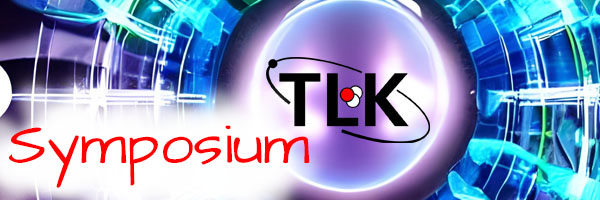Speaker
Description
Tritium self-sufficiency is one of the big challenges of a DEMO power plant. This means that the efficiency of all the aspects related to tritium production, recovery and processing must be improved and, at the same time, all possible losses and inventories must be reduced. The nuclear fusion technologies division of the ENEA FSN department is very active on these topics. This talk illustrates some of the activities currently carried out at ENEA Frascati and Brasimone mainly inside EUROfusion work packages named WPTFV and WPBB.
In the WPTFV, most of the work is dedicated to the design of the so-called DEMO outer tritium plant loop (OUTL). Compare with the others two loops of DEMO fuel cycle, the direct (DIRL) and the inner (INTL), the OUTL is the one that has most similarities with the processes inside the ITER fuel cycle since contains the systems to detritate water, to separate the hydrogen isotopes and process the exhaust gases prior their release. However, significant differences arise due to the presence of the blanket and the coolant. Referring to the coolant, the talk addresses the problem of tritium permeation and the activities carried out to mitigate this issue. Inside the WPBB, ENEA leads the activities related to the development of the water cooled lithium-lead (WCLL) blanket. In this regard, the talk shows the experiments dedicated to study the hydrogen properties inside the lead-lithium alloy and the activities to realize efficient technologies for tritium extraction from lead lithium.

